Forests play a vital role in regulating the earth’s climate. Increasing forest area while avoiding deforestation and forest degradation are key components of climate change mitigation. The UNFCCC has called for transparent, reliable, and accurate inventories of carbon emissions and stocks at regional and national scales from all signatory countries. Respecting such commitment these signatory countries take an early step towards mitigating climate change. Other international efforts such as REDD+ and various carbon markets are being developed to allow developing countries to benefit financially from avoided emissions from deforestation and/or forest degradation as long as these emissions can be quantified.
The Forest Carbon Measurement and Monitoring (FCMM) module is designed for Bangladesh universities. This module assist the universities to prepare qualified specialists with solid knowledge and strong technical skills so that they can assist the greenhouse gas inventories in Bangladesh in compliance with UNFCCC’s requirements.
Forest Carbon Measurement and Monitoring is one of five modules of Bangladesh Climate-Resilient Ecosystems Curriculum (BACUM). This is a free teaching resource primarily for university professors and training experts in Bangladesh. This module is designed in a flexible manner so that Bangladesh professors can easily adapt it to different types of audience. University professors can either integrate this module into their existing curricula or adopt it as a complete stand-alone course.
Module Aim
This FCMM module aims to provide students with an overview of forest carbon stocks, forest cover change and technical methodologies for forest carbon measurement and monitoring.
Module Format Options
This module is designed in three main sections, each including multiple topics:
- Section I: Fundamentals of Forest Carbon in REDD+ Context
- Section II: Forest Carbon Stocks and IPCC Guidelines
- Section III: Forest Carbon Measurement and Monitoring Methods
Given the needs per university, BACUM is developed to be flexible and adaptable to a wide range of educational contexts and country specifics. For academic level, university professors can adapt these materials to fit the training type according to students’ characteristics (educational background and experience) and to class structure (duration, class size, learning approaches, or technology support).
Bangladesh universities might take into consideration to apply different training scenarios suggested as follows: 3-day training (18 hours), 5-day training (30 hours) and 10-day training (60 hours) or a semester long course. Professors can select relevant topics and tailor them to meet the needs of different target groups, for instance a short seminar (1-2 days) for governmental officers at national and sub-national levels.
Target groups
- Main target groups: undergraduates and graduates (degree program)
- Other audience: governmental officers (non-degree program)
Learning Outcomes
On completion of this module, students will be able to:
- Identify the roles of forests and forest carbon in the international climate negotiations particularly in the evolving REDD+ imitative
- Explain forest carbon stocks, the geographic and climatic constraints on forest carbon, and the drivers of change in forest carbon
- Analyze the role of land use, land use change and forestry (LULUCF) activities in climate change mitigation
- Identify the IPCC approaches in carbon accounting and relate to the current situation of Bangladesh
- Apply standard operating procedures (SOP) for measuring and monitoring forest carbon including field sampling design, carbon stock calculation, quality assurance and quality control (QA/QC)
- Develop a monitoring system taking in to consideration of carbon pools and drivers as well as levels of accuracy and precision
Module content
This chapter contains the specific content of Forest Carbon Measurement and Monitoring module in the BACUM organized according to the following format:
- Topics: Knowledge, skills or attitudes are to be learned or achieved.
- Learning objectives: A written statement describing what the students will be able to do at the end of each training session.
Section I: Fundamentals of Forest Carbon in REDD+ Context
This section provides students with fundamental knowledge related to the roles of forests and forest carbon in the global climate negotiation. Students learn more in-depth knowledge related REDD+ in Module 2: REDD+ in Climate Change Context from the basics to more complex issues like analyzing drivers of deforestation and forest degradation or developing national REDD+ action plans. The three major topics in this section are:
1.1. Forests, the Global Carbon Cycle and Climate Change
1.1. Forests, the Global Carbon Cycle and Climate Change ![]() (pptx - 10 MB)
(pptx - 10 MB)
At the end of this training session, students will be able to:
- Identify the major ways that forests affect climate
- Describe drivers of variation in forest cover and forest cover change
- Explain patterns in historic forest cover change
1.2. The Roles of Forests and Forest Carbon in Global Climate Negotiations
At the end of this training session, students will be able to:
- Identify the essential steps for including forests in the international climate negotiations
- Describe how afforestation/reforestation (A/R) evolved into RED and then REDD+
- Analyze the current issues in REDD+ negotiations
1.3. Challenges for Forest-based Climate Change Mitigation
At the end of this training session, students will be able to:
- Define the needs for forest-based climate change mitigation
- Describe the types of activities that make up REDD+
- Identify major challenges to achieving REDD+ taking into consideration of gender issues
Section II: Forest Carbon Stocks and Change
This section provide students with necessary background knowledge related to forest carbon pools and IPCC guidelines for carbon accounting which is useful for their learning in the next section on field measurement methods. This section also teaches students the role of land use, land use change and forestry (LULUCF) activities in climate change mitigation. Students can refer to the analytical results related to drivers of deforestation and forest degradation Module 2: REDD+ in Climate Change Context, at section 2.1. Assessing Current Conditions of REDD+. This section covers the following topics:
2.1. Overview of Forest Carbon Pools (Stocks)
2.1. Overview of Forest Carbon Pools (Stocks) ![]() (pptx - 4 MB)
(pptx - 4 MB)
At the end of this training session, students will be able to:
- Define the major forest carbon pools
- Analyze drivers of variation in forest carbon stocks
2.2. Land Use, Land Use Change, and Forestry (LULUCF)
2.2. Land Use, Land Use Change, and Forestry (LULUCF) ![]() (pptx - 3 MB)
(pptx - 3 MB)
At the end of this training session, students will be able to:
- Link LULUCF to carbon emission/sequestration
- Characterize role of anthropogenic perturbations to the global carbon cycle
- Compare regional and country specific patterns in forest cover and land use cover change
- Identify key drivers of deforestation and forest degradation in Bangladesh
2.3. IPCC Guidelines for Forest Carbon Measurement and Monitoring
At the end of this training session, students will be able to:
- Explain the importance of IPCC and UNFCCC to forest carbon accounting
- Describe the characteristics of good practices for carbon measurement and monitoring
- Identify the IPCC approaches and tier system of carbon accounting
- Relate to the current situation of the national greenhouse gas inventory in Bangladesh
2.4. Reference Levels – Monitoring against a Baseline
2.4. Reference Levels – Monitoring against a Baseline ![]() (pptx - 1 MB)
(pptx - 1 MB)
At the end of this training session, students will be able to:
- Explain how reference levels are formulated
- Determine what they are used for
- Explain why reference levels are important to meet IPCC guidelines
Section III: Forest Carbon Measurement and Monitoring Methods
In this section, students learn and apply necessary procedures to conduct forest carbon measurement and monitoring including field sampling design, carbon stock calculation as well as quality assurance and quality control. The main topics of this section are:
3.1. Overview of Forest Carbon Measurement and Monitoring
At the end of this training session, students will be able to:
- Describe fundamental concepts and technical options for the measurement and monitoring of forest carbon,
- Explain the components of carbon stock inventories
- Apply the principles of remote sensing for forest carbon monitoring
3.2. Quality Assurance and Quality Control (QA/QC)
3.2. Quality Assurance and Quality Control (QA/QC) ![]() (pptx - 582k)
(pptx - 582k)
At the end of this training session, students will be able to:
- Explain the value of QA/QC in forest carbon measurement and monitoring
- Identify key strategies on QA/QC that could be applied for the field measurement
- Apply the Standard Operating Procedures in implementing QA/QC plan
3.3. Field Sampling Design Methods
3.3. Field Sampling Design Methods ![]() (pptx - 4 MB)
(pptx - 4 MB)
At the end of this training session, students will be able to:
- Explain why sampling is necessary
- Distinguish among random, stratified, and systematic sampling, and know where each is appropriate
- Identify the advantages and drawbacks of different sampling schemes
3.4. Forest Carbon Field Measurement Methods
3.4. Forest Carbon Field Measurement Methods ![]() (pptx - 7 MB)
(pptx - 7 MB)
At the end of this training session, students will be able to:
- Apply carbon measurement methods by Standard Operating Procedure (SOP) in field work
- Determine minimum plots to be established for different types of forests and pool
- Design plot shape and size for each forest type and pool
- Identify appropriate methods to locate sample plots
- Present a report on terrestrial field carbon measurement
3.5. Carbon Stock Calculation and Available Tools
3.5. Carbon Stock Calculation and Available Tools ![]() (ppt - 18MB)
(ppt - 18MB)
At the end of this training session, students will be able to:
- Relate biomass measurements to carbon emission calculations
- Calculate the carbon stocks of a given pool
- Use a carbon calculation tool (template sheets available on Excel)
- Explain their calculation results
3.6. Creating Activity Data and Emissions Factors
3.6. Creating Activity Data and Emissions Factors ![]() (pptx - 7 MB)
(pptx - 7 MB)
At the end of this training session, students will be able to:
- Explain how local land cover classification helps in the calculation of emission factors
- Calculate emissions factors for land cover transitions
- Calculate carbon emissions for land cover transitions using emissions factors and activity data
3.7. Considerations in Developing a Monitoring System
3.7. Considerations in Developing a Monitoring System ![]() (pptx - 3 MB)
(pptx - 3 MB)
At the end of this training session, students will be able to:
- Explain the importance of measurement, reporting, and verification (MRV)
- Identify the key factors to consider in developing a monitoring plan
- Determine which carbon pools and drivers are key to a monitoring plan and which IPCC tiers are appropriate goals for each
Resources
Download Zip files of Resources for this module:
- Module 3 Resources: File 1 [ZIP, 19MB]
- Module 3 Resources: File 2 [ZIP, 16MB]
- Module 3 Resources: File 3 [ZIP, 27MB]
- Module 3 Resources: File 4 [ZIP, 24MB]
- Module 3 Resources: File 5 [ZIP, 12MB]
Grading System
Normally the Training Department of the participating universities is responsible for defining the way in which the credit hours are calculated for the degree program or non-degree program.
Assesment Criteria
Participating universities have their own grading system each and they shall continue to apply their current practice. This grading system is proposed based on the belief that knowledge (K), skills (S) and attitudes (A) are all important in becoming a good climate change actor. The assessment criteria are suggested as follows:
|
Criteria |
Percentage |
|
10% |
|
10% |
|
10% |
|
30% |
|
40% |
|
TOTAL |
100% |
Grading Criteria
|
Numerical Grade |
Letter Grade |
Grade Point |
|
80% and above |
A+ |
4.00 |
|
75% to less than 80% |
A |
3.75 |
|
70% to less than 75% |
A- |
3.50 |
|
65% to less than 70% |
B+ |
3.25 |
|
60% to less than 65% |
B |
3.00 |
|
55% to less than 60% |
B- |
2.75 |
|
50% to less than 55% |
C+ |
2.50 |
|
45% to less than 50% |
C |
2.25 |
|
40% to less than 45% |
D |
2.00 |
|
|
|
|
|
Less than 40% |
F |
0.00 |








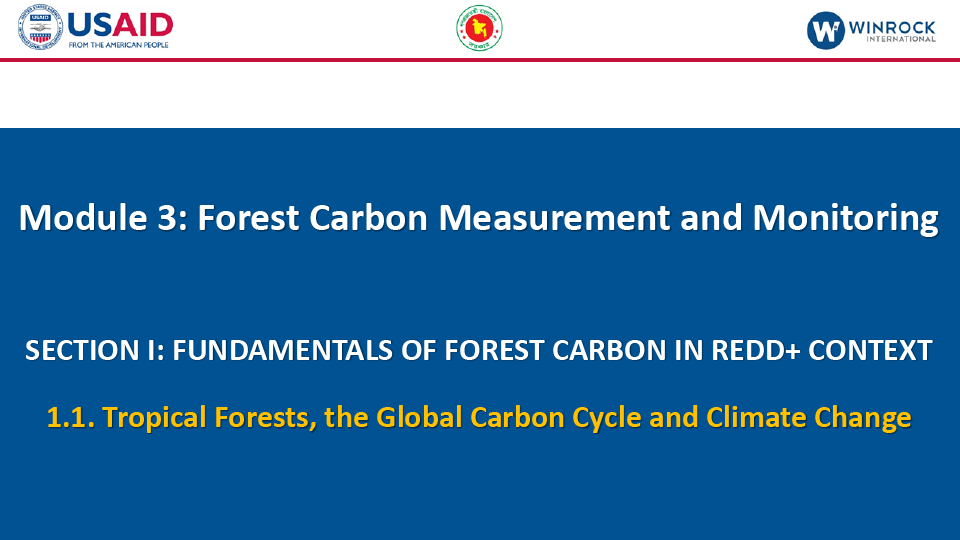
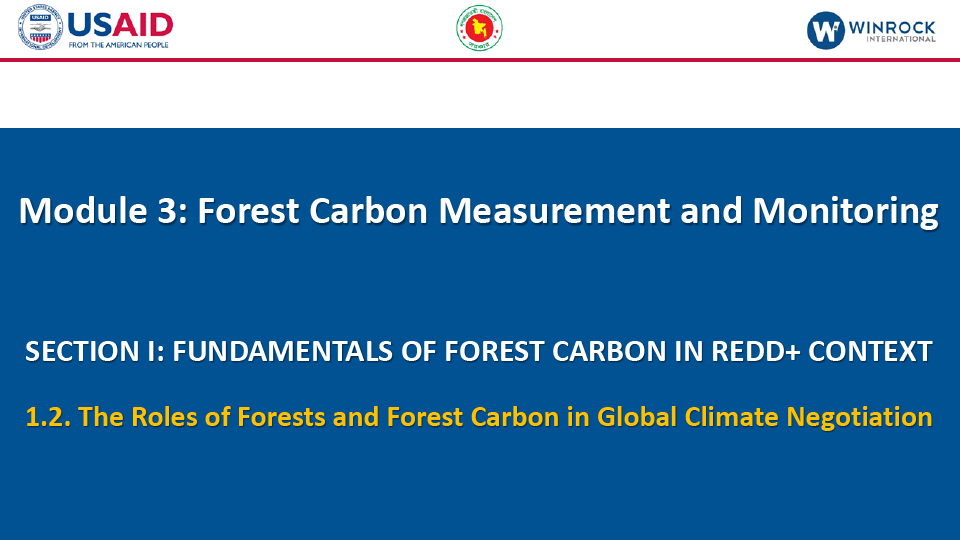
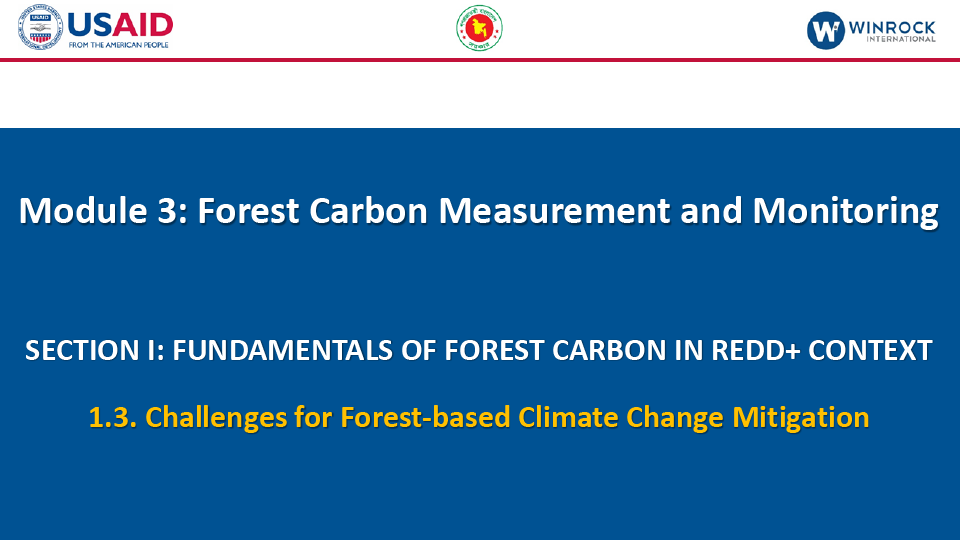
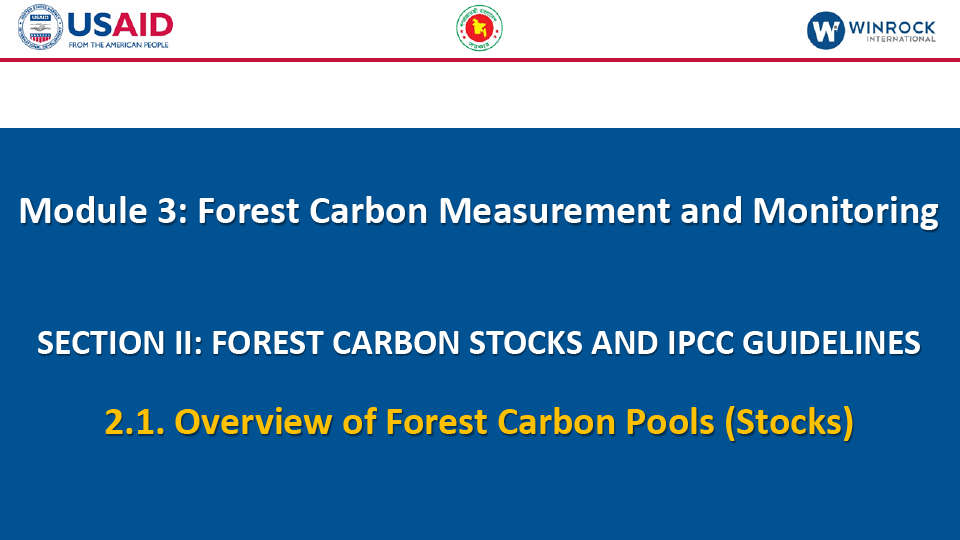
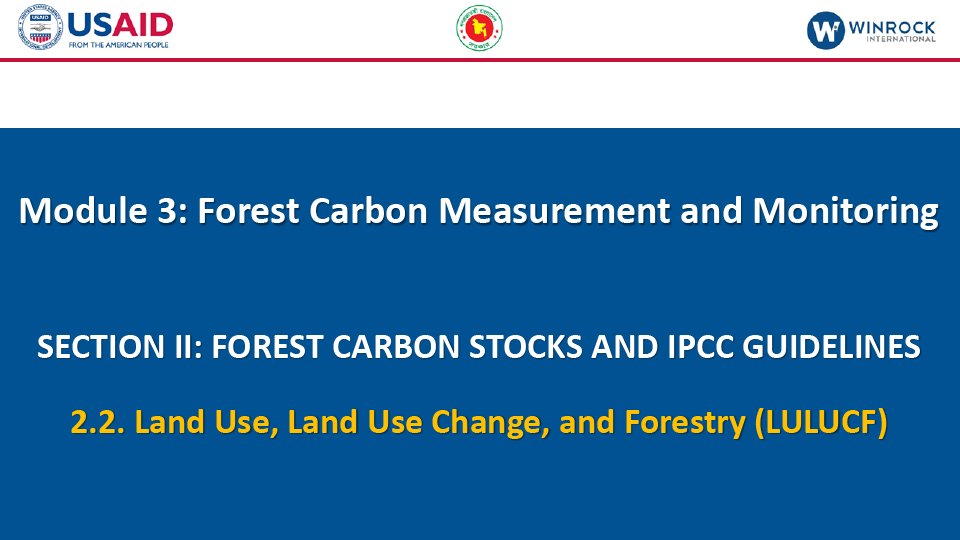
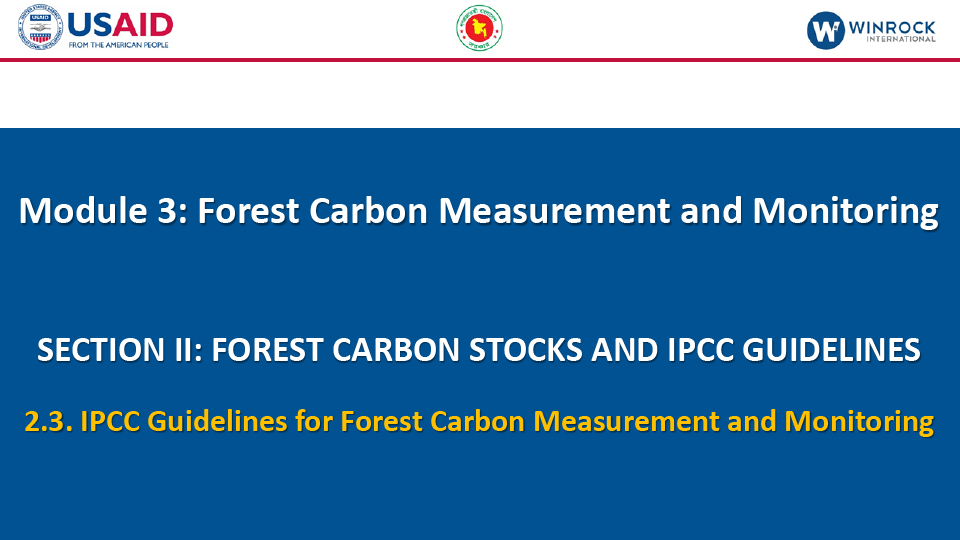
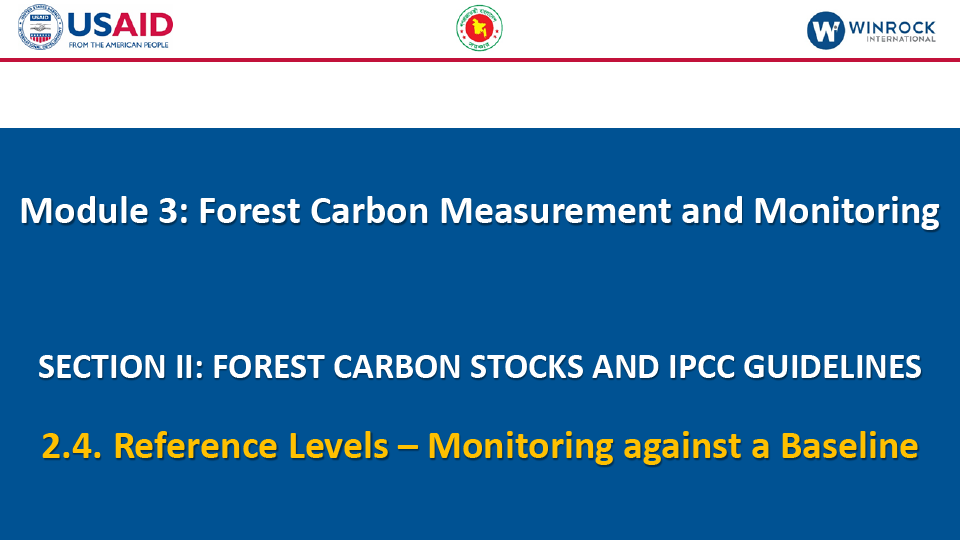
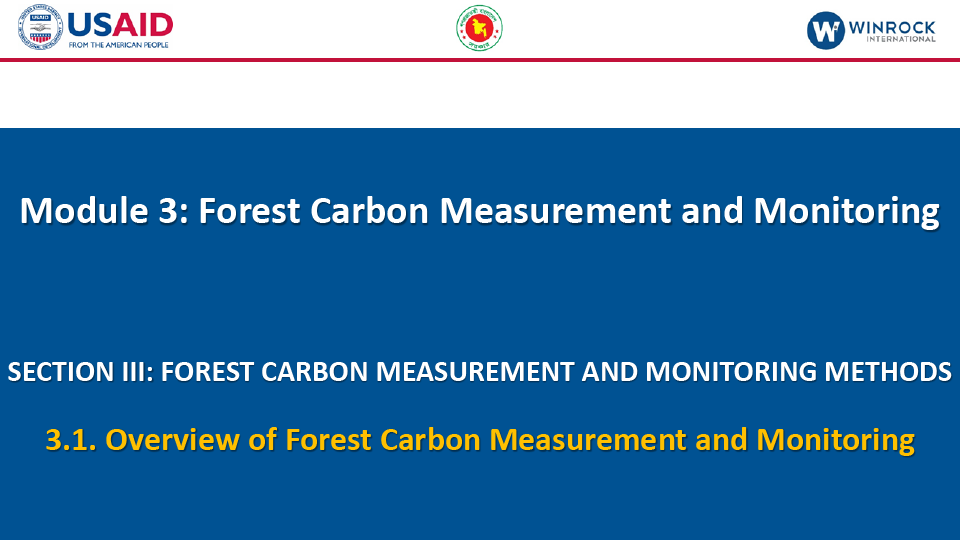
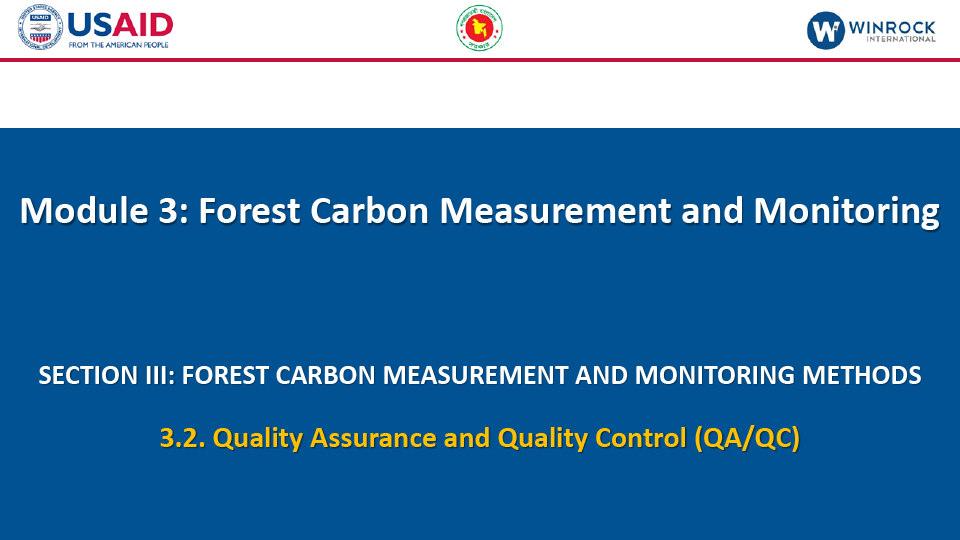
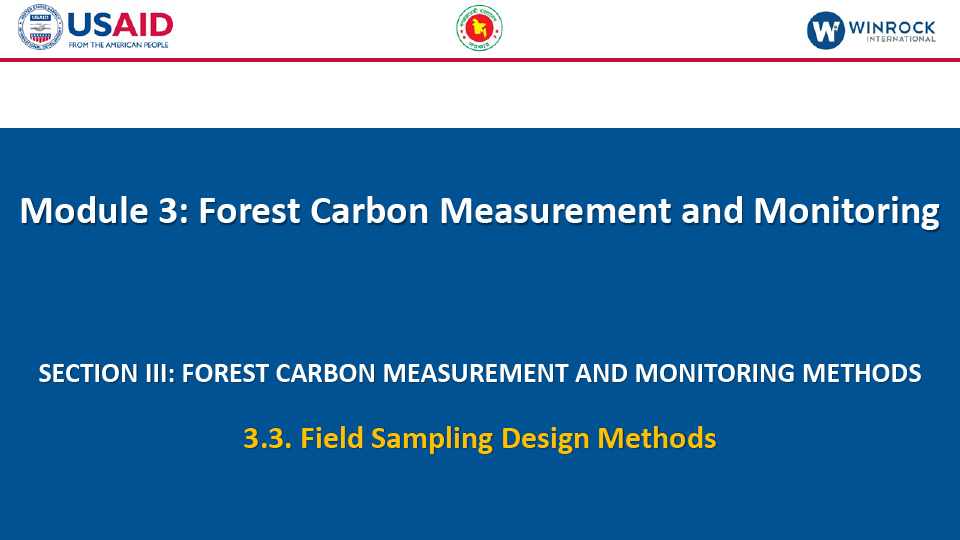
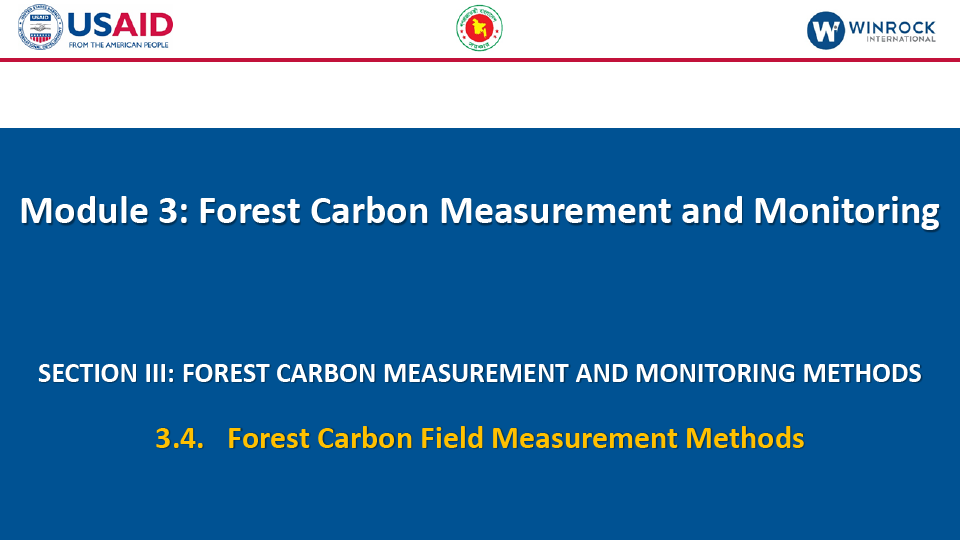
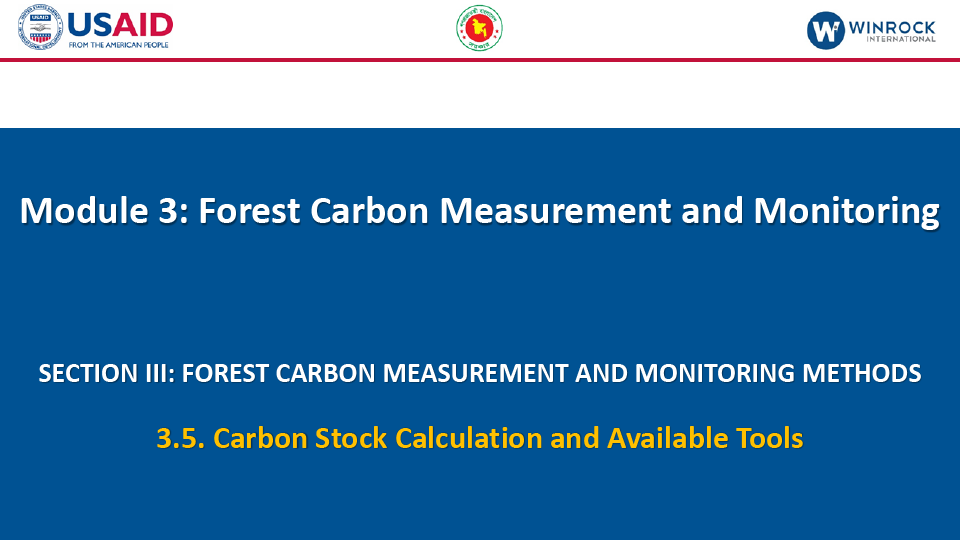
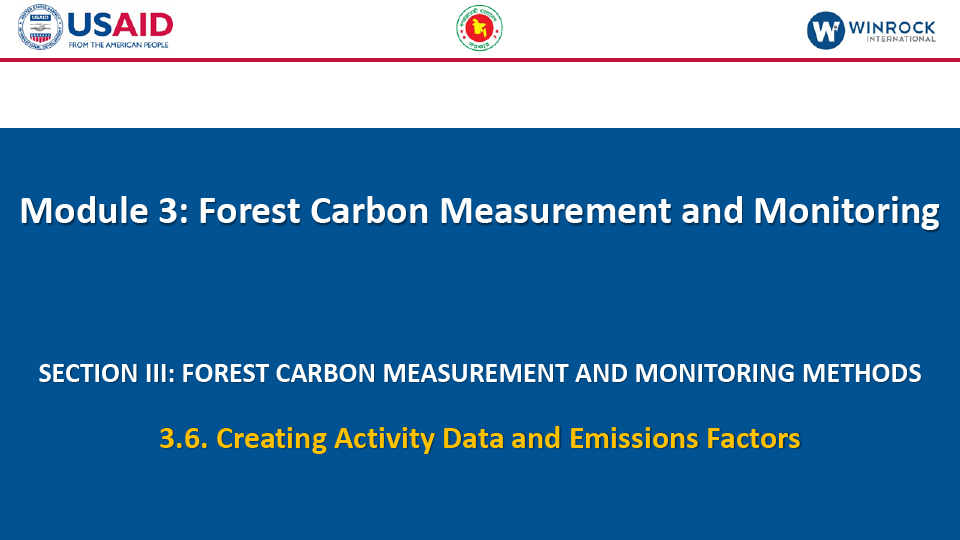
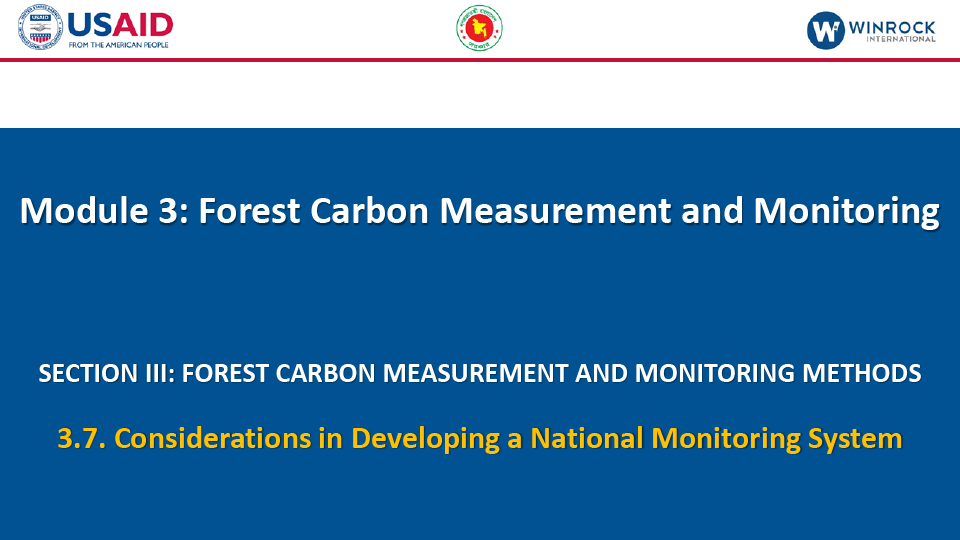
Comment
Make a general inquiry or suggest an improvement.